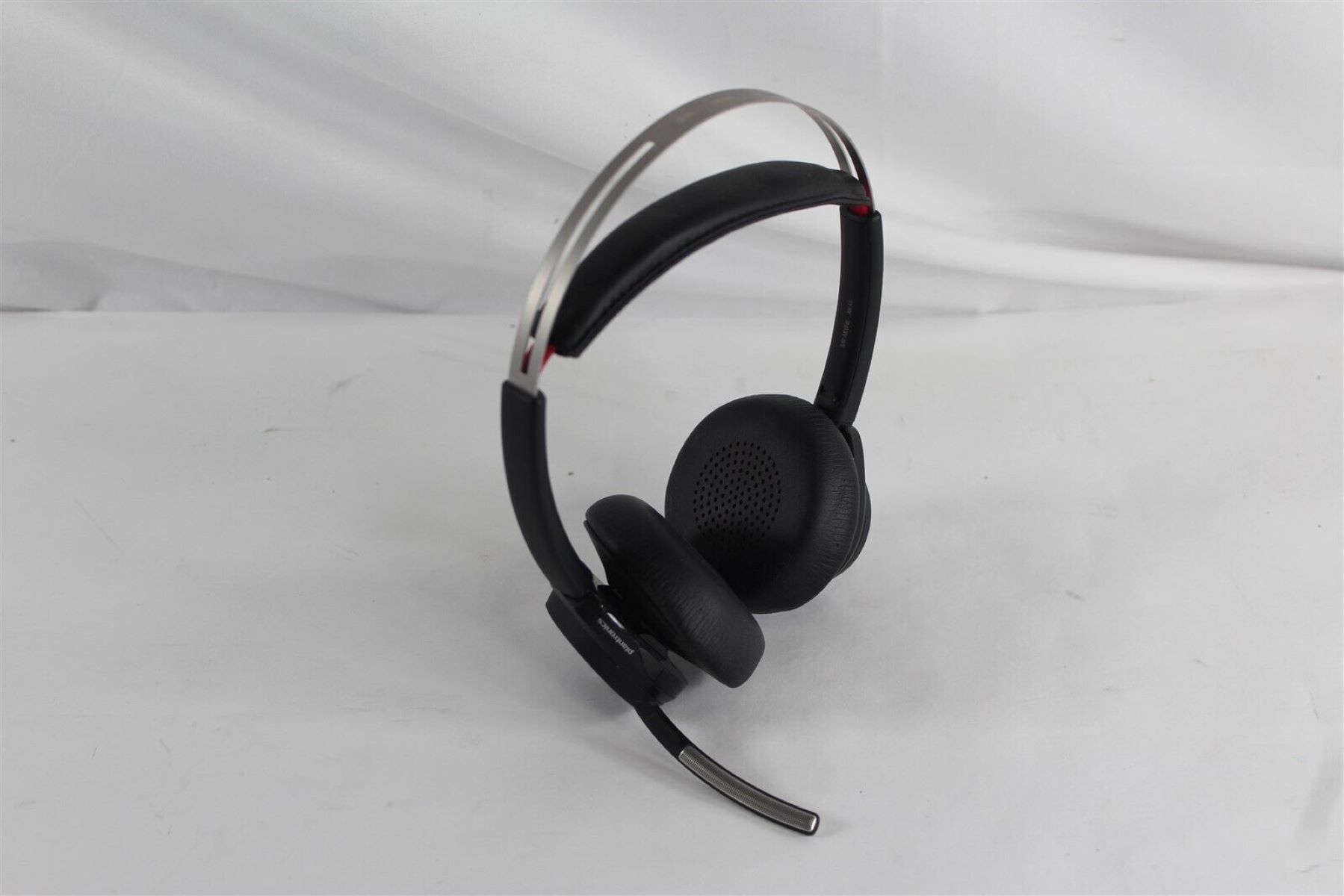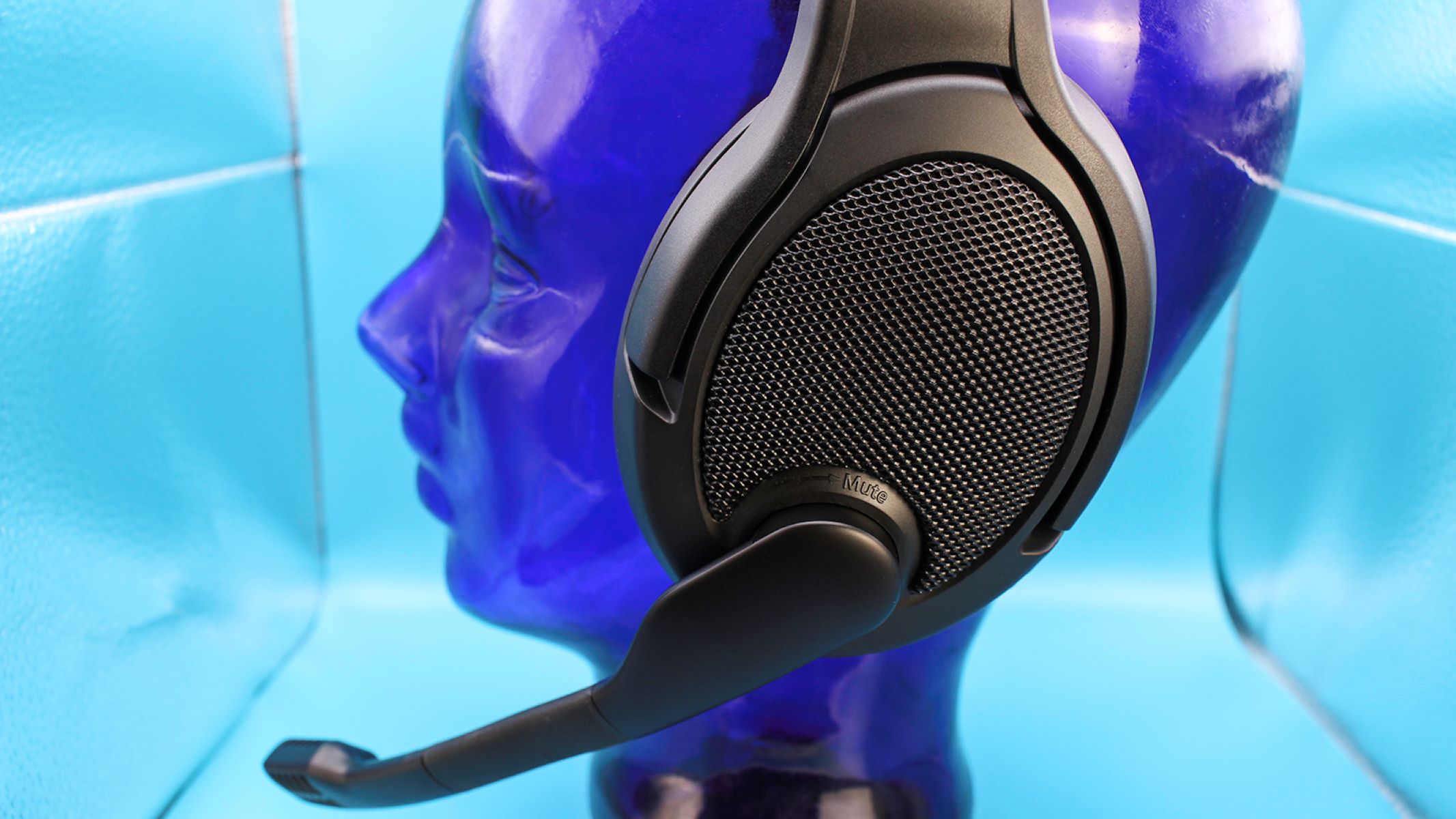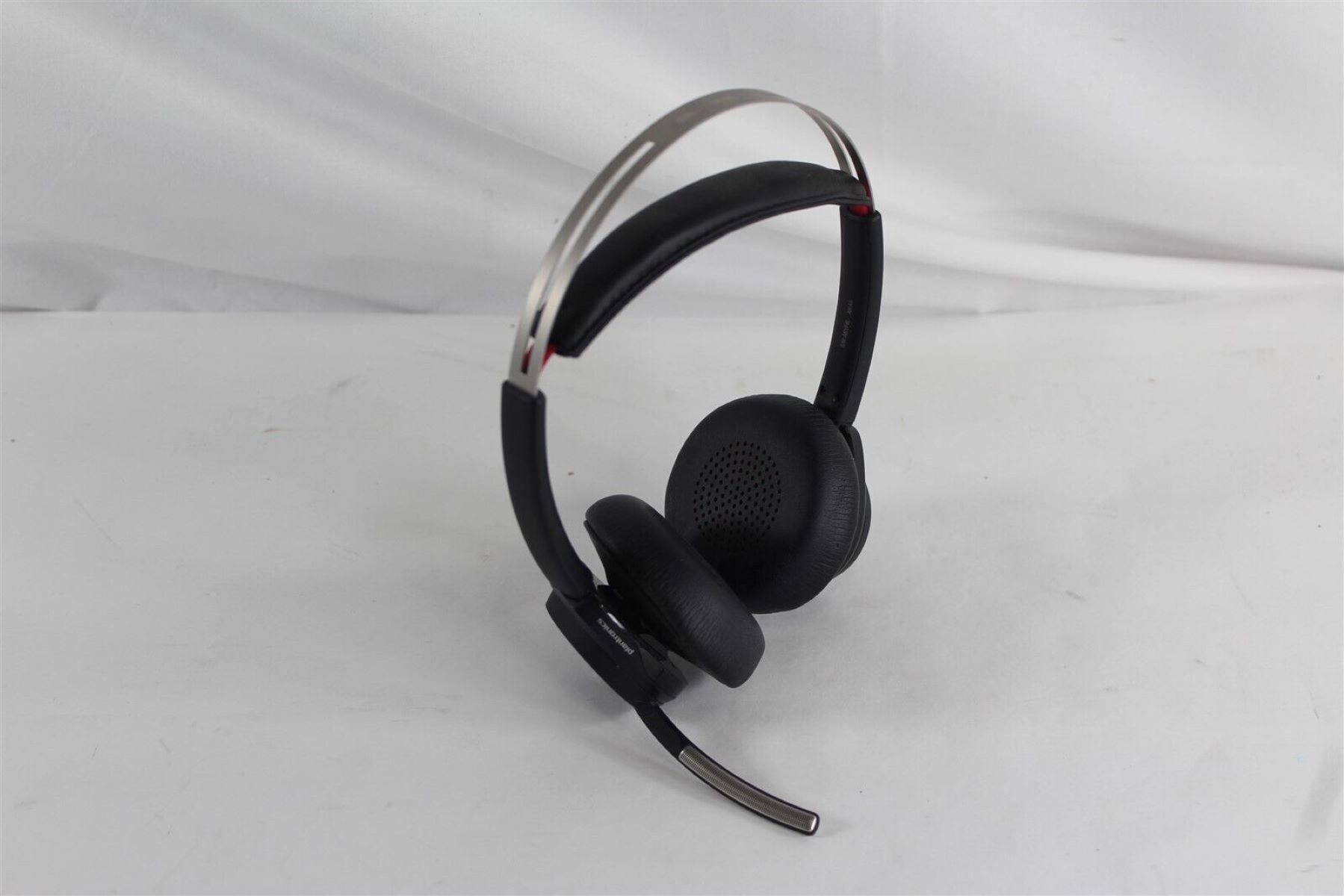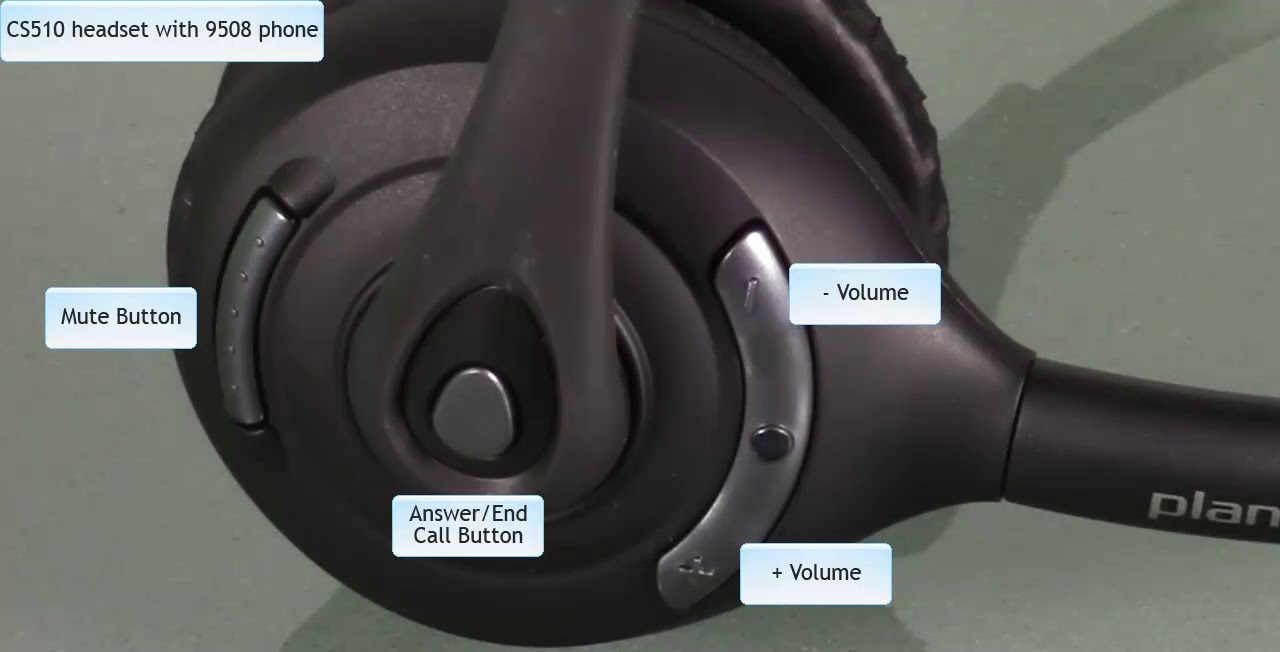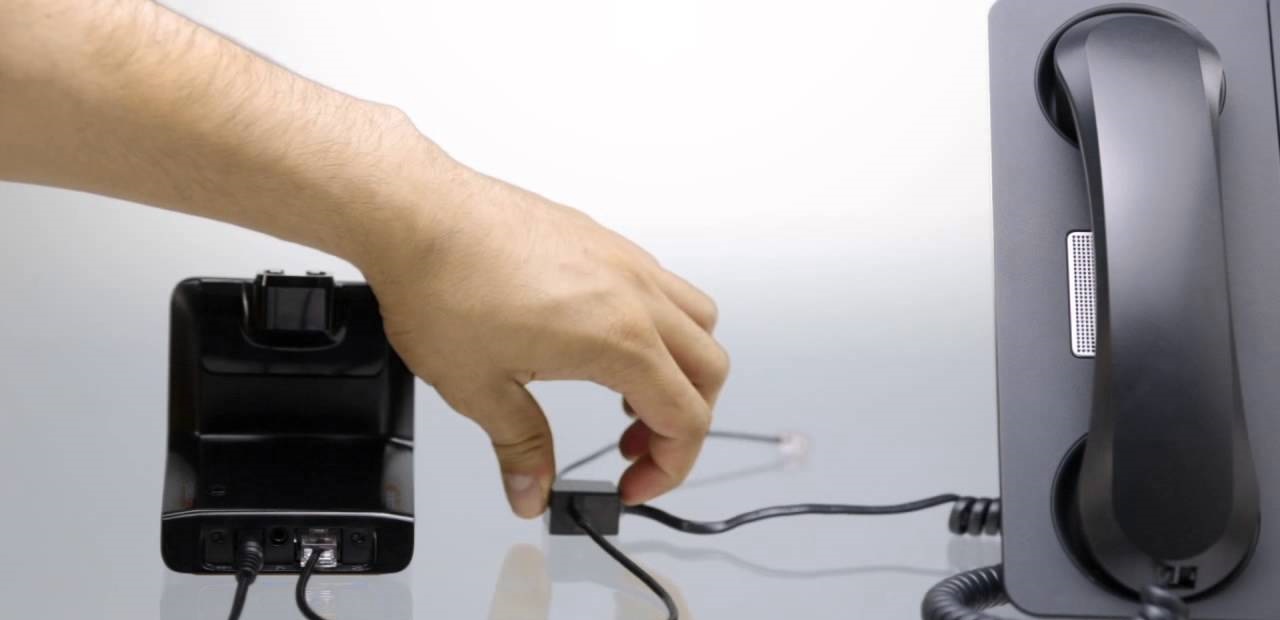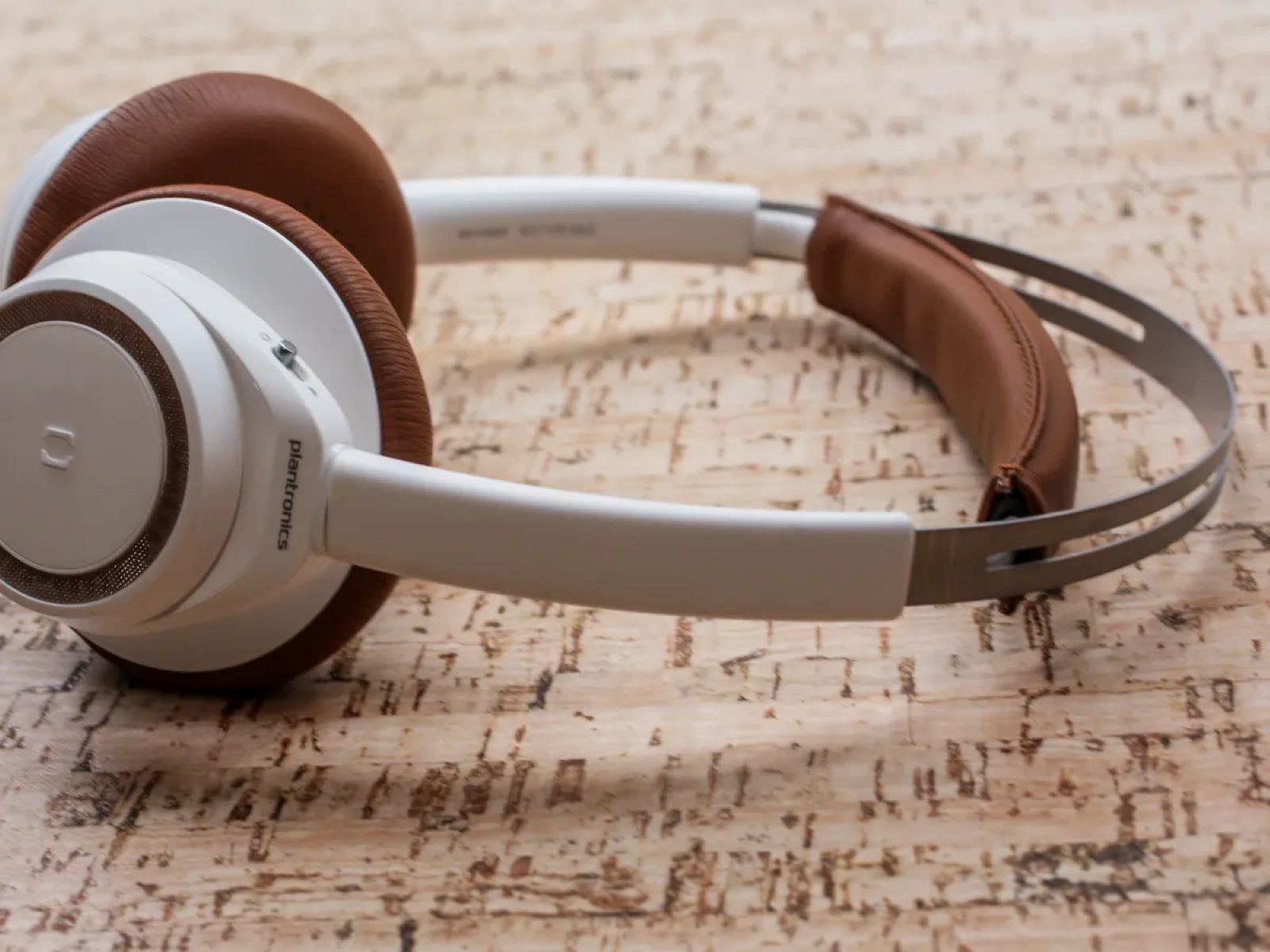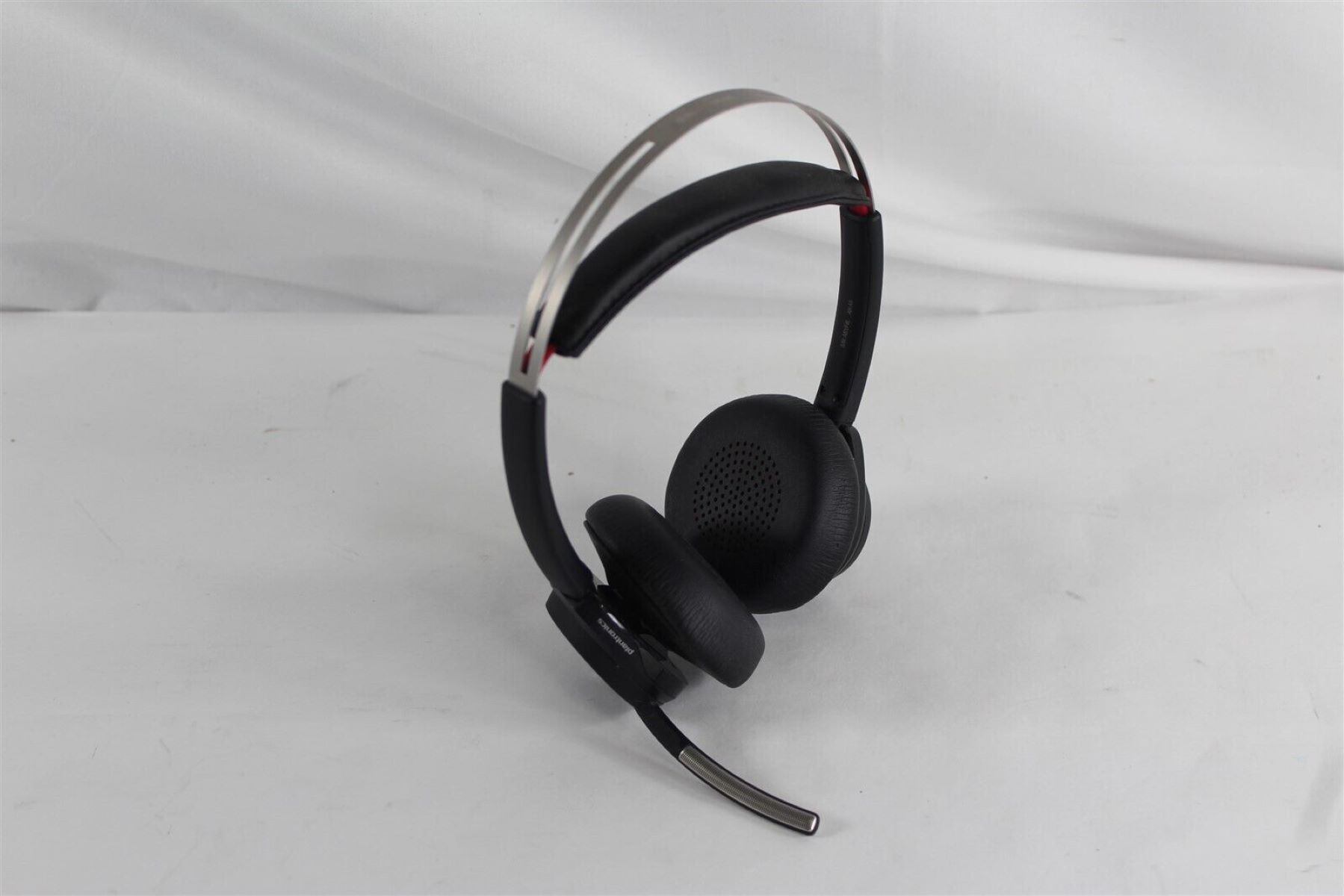Choosing the Right Plantronics Headset
When it comes to choosing the right Plantronics headset, it's essential to consider your specific needs and preferences. Plantronics offers a wide range of headsets, each designed to cater to different use cases and user requirements. Before making a decision, it's crucial to evaluate the following factors to ensure that you select the most suitable headset for your needs:
-
Intended Use: Determine the primary purpose of the headset. Are you looking for a headset for professional use in a call center or office environment, or do you need one for personal use, such as gaming or multimedia consumption? Plantronics offers specialized headsets tailored for different settings, so understanding your intended use is crucial.
-
Connectivity: Consider the devices you intend to connect your headset to. Plantronics headsets are available in various connectivity options, including USB, Bluetooth, and traditional wired connections. Ensure that the headset you choose is compatible with your devices and offers the connectivity features you require.
-
Comfort and Fit: Comfort is paramount, especially if you anticipate wearing the headset for extended periods. Plantronics offers headsets with different wearing styles, such as over-the-ear, on-ear, and in-ear options. Additionally, adjustable headbands and cushioned ear cups contribute to overall comfort, making it essential to select a headset that provides a snug and comfortable fit.
-
Noise Cancellation: If you work in a noisy environment or require focus during calls, consider a headset with noise-cancellation features. Plantronics offers headsets equipped with advanced noise-cancellation technology, ensuring clear communication even in bustling surroundings.
-
Battery Life (Wireless Models): For wireless headsets, battery life is a critical consideration. Evaluate your typical usage duration and opt for a headset with a battery life that aligns with your needs. Additionally, consider features such as quick charging and battery level indicators for added convenience.
-
Microphone Quality: For users who engage in frequent calls or online meetings, microphone quality is paramount. Look for headsets with noise-canceling microphones and adjustable boom arms to ensure clear and crisp voice transmission.
By carefully evaluating these factors, you can make an informed decision when selecting a Plantronics headset that aligns with your specific requirements, ultimately enhancing your communication and multimedia experience.
Proper Fit and Adjustment
Achieving a proper fit and adjustment is crucial for maximizing the comfort and performance of your Plantronics headset. When the headset is properly fitted, it not only enhances comfort during prolonged usage but also ensures optimal audio quality and microphone performance.
Comfort and Ergonomics
The first step in achieving a proper fit is adjusting the headband or earpiece to comfortably rest on your head or ears. Plantronics headsets are designed with ergonomic considerations, featuring adjustable headbands and cushioned ear cups to accommodate various head sizes and shapes. It's essential to position the headset in a way that distributes the weight evenly, preventing undue pressure on specific areas and minimizing discomfort during extended wear.
Secure Placement
Ensuring a secure and stable placement of the headset is vital, especially for individuals with active work environments or those using the headset during physical activities. For over-the-ear or on-ear headsets, adjusting the ear cups to sit securely over the ears prevents slippage and maintains a consistent audio experience. Similarly, in-ear headsets should be fitted snugly to prevent dislodgment during movement.
Microphone Positioning
Proper microphone positioning is equally important for effective communication. Adjustable boom arms on certain Plantronics headsets allow for precise positioning of the microphone to optimize voice transmission. Positioning the microphone close to the mouth, without obstructing breathing or causing discomfort, ensures clear and articulate voice capture during calls and online meetings.
Testing and Adjustment
After initial adjustment, it's advisable to test the headset in various scenarios to ensure the fit remains comfortable and secure. This may involve making minor adjustments to the headband tension, earpiece positioning, or microphone placement based on individual comfort preferences and usage patterns.
Regular Checks
Periodically checking the fit and adjustment of your Plantronics headset is recommended, particularly if multiple users share the same headset. This practice ensures that each user can personalize the fit according to their comfort and ergonomic requirements, promoting a seamless and enjoyable experience for all users.
By prioritizing proper fit and adjustment, you can optimize the comfort, performance, and longevity of your Plantronics headset, ultimately enhancing your communication and multimedia interactions.
Understanding the Controls and Features
Familiarizing yourself with the controls and features of your Plantronics headset is essential for maximizing its functionality and customizing the user experience to suit your specific needs. Plantronics headsets are equipped with intuitive controls and advanced features that enhance usability and performance. By understanding these elements, you can harness the full potential of your headset and optimize its capabilities.
On-Device Controls
Plantronics headsets often feature conveniently placed on-device controls that enable effortless management of calls, audio playback, and settings. These controls typically include buttons for answering or ending calls, adjusting volume levels, muting the microphone, and activating additional features such as voice assistants or noise cancellation. Familiarizing yourself with the location and functionality of these controls allows for seamless and instinctive operation, empowering you to manage calls and audio without interrupting your workflow.
Customizable Settings
Many Plantronics headsets offer customizable settings that can be accessed through companion applications or dedicated software. These settings may include equalizer presets for adjusting audio profiles, voice prompt preferences, language settings, and firmware update capabilities. By exploring and understanding these customizable features, you can tailor the headset's behavior to align with your preferences, ensuring a personalized and optimized user experience.
Smart Sensor Technology
Certain Plantronics headsets are equipped with smart sensor technology that enhances usability and convenience. These sensors can detect when the headset is worn or removed, automatically answering or ending calls based on the user's actions. Additionally, smart sensor technology can intelligently route audio between the headset and other connected devices, providing a seamless transition between calls and multimedia playback. Understanding and leveraging these smart sensor capabilities can streamline your interaction with the headset, simplifying call management and enhancing multitasking efficiency.
Voice Commands and Integration
Plantronics headsets often integrate with voice assistants such as Siri, Google Assistant, or Cortana, enabling hands-free control and interaction. By familiarizing yourself with the voice command capabilities of your headset, you can initiate calls, send messages, check notifications, and access information without physically interacting with your device. Understanding the supported voice commands and integration options empowers you to leverage the full potential of voice-assisted interactions, enhancing productivity and multitasking capabilities.
LED Indicators and Status Alerts
LED indicators and status alerts on Plantronics headsets provide valuable visual cues regarding battery status, connectivity, call status, and mute status. Understanding the meanings of these indicators allows for quick assessment and troubleshooting, ensuring that you are always aware of the headset's operational status. By interpreting these indicators, you can proactively address potential issues and make informed decisions regarding usage and charging, ultimately maintaining a seamless and uninterrupted communication experience.
By comprehensively understanding the controls and features of your Plantronics headset, you can harness its full potential, customize the user experience, and optimize its performance to suit your individual preferences and requirements. This familiarity empowers you to seamlessly manage calls, interact with voice assistants, and stay informed about the headset's status, ultimately enhancing your communication and multimedia interactions.
Maximizing Audio Quality
Maximizing audio quality is paramount for an immersive and clear communication experience when using a Plantronics headset. By implementing the following strategies, users can optimize the audio output and ensure exceptional sound performance:
Positioning and Environment
Proper positioning of the headset's speakers or earpieces is essential for maximizing audio quality. Ensuring that the speakers align accurately with the ears enhances sound delivery and minimizes audio distortion. Additionally, maintaining a conducive environment by minimizing background noise and echo-prone spaces significantly contributes to improved audio clarity during calls and multimedia consumption.
Equalizer Settings
Many Plantronics headsets offer customizable equalizer settings that allow users to adjust audio profiles based on their preferences. By exploring these settings, individuals can fine-tune the headset's audio output to emphasize bass, treble, or midrange frequencies, catering to their unique listening preferences. Customizing the equalizer settings enables users to achieve a personalized and optimized audio experience tailored to their specific tastes.
Noise-Cancellation Technology
Plantronics headsets equipped with advanced noise-cancellation technology are designed to mitigate ambient sounds, ensuring that the user's voice remains clear and intelligible during calls. Activating the noise-cancellation feature, especially in noisy environments, significantly enhances audio quality by suppressing unwanted background noise, resulting in improved call clarity and overall communication effectiveness.
Microphone Positioning and Quality
Optimizing audio quality also involves ensuring the proper positioning and quality of the headset's microphone. Adjusting the microphone to an optimal distance from the mouth and avoiding obstructions contributes to clear and articulate voice transmission. Additionally, selecting headsets with noise-canceling microphones further enhances audio quality by minimizing background noise and focusing on capturing the user's voice accurately.
Firmware Updates
Regularly updating the headset's firmware, when available, is crucial for maintaining and improving audio performance. Firmware updates often include enhancements related to audio processing, Bluetooth connectivity, and overall sound quality. By staying updated with the latest firmware releases, users can benefit from optimized audio algorithms and improved signal processing, ultimately maximizing the headset's audio performance.
By implementing these strategies, users can effectively maximize the audio quality of their Plantronics headset, ensuring a superior communication and multimedia experience characterized by clear, immersive, and distortion-free sound.
Maintaining and Caring for Your Headset
Proper maintenance and care are essential for preserving the functionality, longevity, and hygiene of your Plantronics headset. By implementing regular maintenance practices and adhering to recommended care guidelines, you can ensure that your headset continues to deliver optimal performance and comfort throughout its lifespan.
Cleaning and Hygiene
Regular cleaning of your headset is crucial for maintaining hygiene and preserving its aesthetic appeal. Begin by using a soft, dry cloth to gently remove any surface dust or particles from the headset's exterior, including the headband, ear cushions, and microphone boom. For deeper cleaning, lightly dampen a cloth with a mild, non-abrasive soap solution and carefully wipe down the headset, ensuring that no moisture penetrates the internal components.
When cleaning the ear cushions and microphone covers, it's advisable to refer to the manufacturer's guidelines to determine if they are removable and washable. If so, follow the recommended washing instructions to keep these components clean and free from debris, sweat, or oils that may accumulate during use.
Storage and Protection
Proper storage plays a significant role in preserving the condition of your headset when not in use. Utilize a designated storage case or pouch to shield the headset from dust, moisture, and potential physical damage. Avoid leaving the headset exposed to direct sunlight or extreme temperatures, as these conditions can affect the integrity of the materials and internal components.
Furthermore, when transporting the headset, ensure that it is securely stored to prevent unnecessary strain on the headband, ear cups, and microphone. By safeguarding the headset during storage and transportation, you can prolong its lifespan and maintain its pristine condition.
Cable and Connector Care
If your Plantronics headset features detachable cables or connectors, it's essential to handle these components with care. When disconnecting cables, avoid pulling or twisting them forcefully, as this can lead to connector damage or loosening of cable connections. Additionally, inspect the cables regularly for any signs of fraying, kinks, or wear, and replace them if any damage is detected to prevent potential audio or connectivity issues.
Firmware Updates and Maintenance Checks
Stay informed about firmware updates released by Plantronics to ensure that your headset benefits from the latest performance enhancements, bug fixes, and feature improvements. Regularly check for firmware updates through the manufacturer's official channels and follow the provided instructions to update your headset's firmware as recommended. By keeping the firmware up to date, you can optimize the headset's functionality and address any potential performance or compatibility issues.







